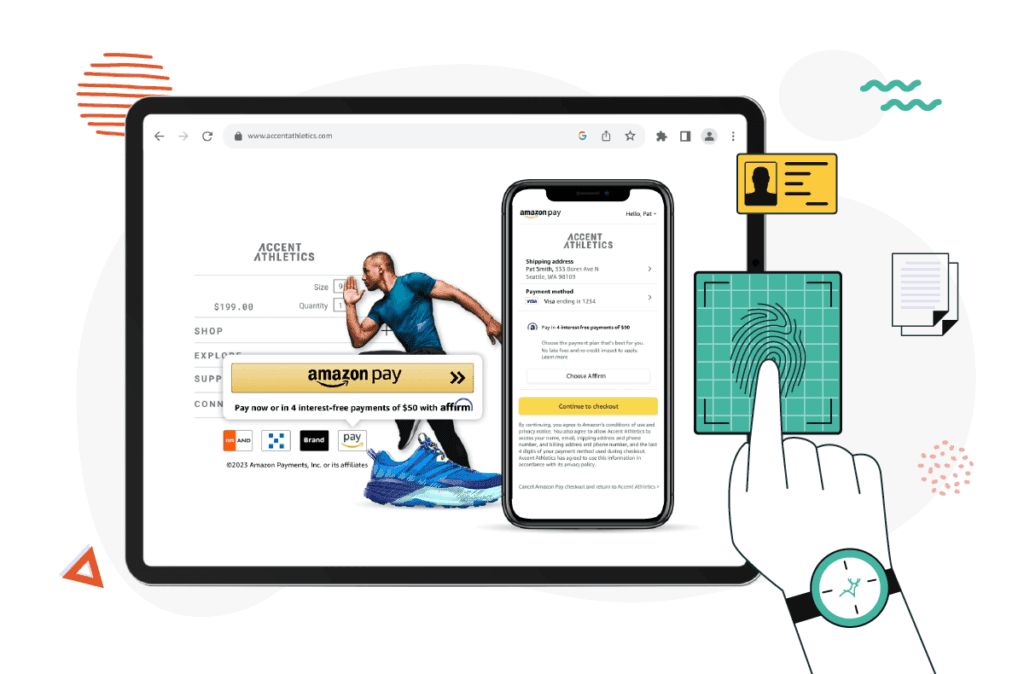In the fast-paced world of technology, the user experience (UX) and user interface (UI) of a website or application can make or break its success. User engagement is crucial for ensuring that users stay on your site, interact with your content, and ultimately convert into customers. In this article, we will explore some of the best practices for designing UI/UX that maximizes user engagement.
Understanding Your Users
Before you can design a user-friendly interface, you need to understand your target audience. Conduct user research to identify their needs, preferences, and pain points. This will help you tailor your UI/UX to meet their expectations and create a positive user experience.
Simplify Navigation
One of the key elements of a user-friendly interface is intuitive navigation. Users should be able to easily find what they are looking for without having to click through multiple pages. Keep your navigation menu simple and clear, and use breadcrumbs to help users track their progress.
Mobile Responsiveness
In today’s mobile-first world, it is essential to design websites and applications that are responsive on all devices. Make sure your UI/UX adapts to different screen sizes and resolutions, and prioritize mobile optimization to cater to users on the go.
Visual Hierarchy
Visual hierarchy is the arrangement of elements on a page in a way that guides users through the content. Use color, contrast, and size to draw attention to important elements and create a clear flow of information. This will help users quickly scan the page and find what they are looking for.
Consistent Branding
Consistent branding helps to build trust with users and creates a cohesive user experience. Use a consistent color palette, typography, and design elements throughout your UI/UX to reinforce your brand identity and make your site or app recognizable.
Interactive Elements
Interactive elements, such as buttons, sliders, and forms, can increase user engagement by encouraging users to interact with your content. Use animations, hover effects, and micro-interactions to make your UI/UX more engaging and user-friendly.
Accessibility
Accessibility is often overlooked in UI/UX design, but it is essential for ensuring that all users can access and interact with your content. Consider factors such as color contrast, font size, and keyboard navigation to make your UI/UX more inclusive and user-friendly for everyone.
Conclusion
Designing for user engagement requires a combination of creativity, empathy, and technical skills. By following these best practices for UI/UX design, you can create a user-friendly interface that maximizes user engagement and ultimately leads to a better user experience. Remember to continuously test and iterate on your designs based on user feedback to ensure that your UI/UX remains effective and engaging.
© 2022 Copywriter for Tech Niche. All rights reserved.
